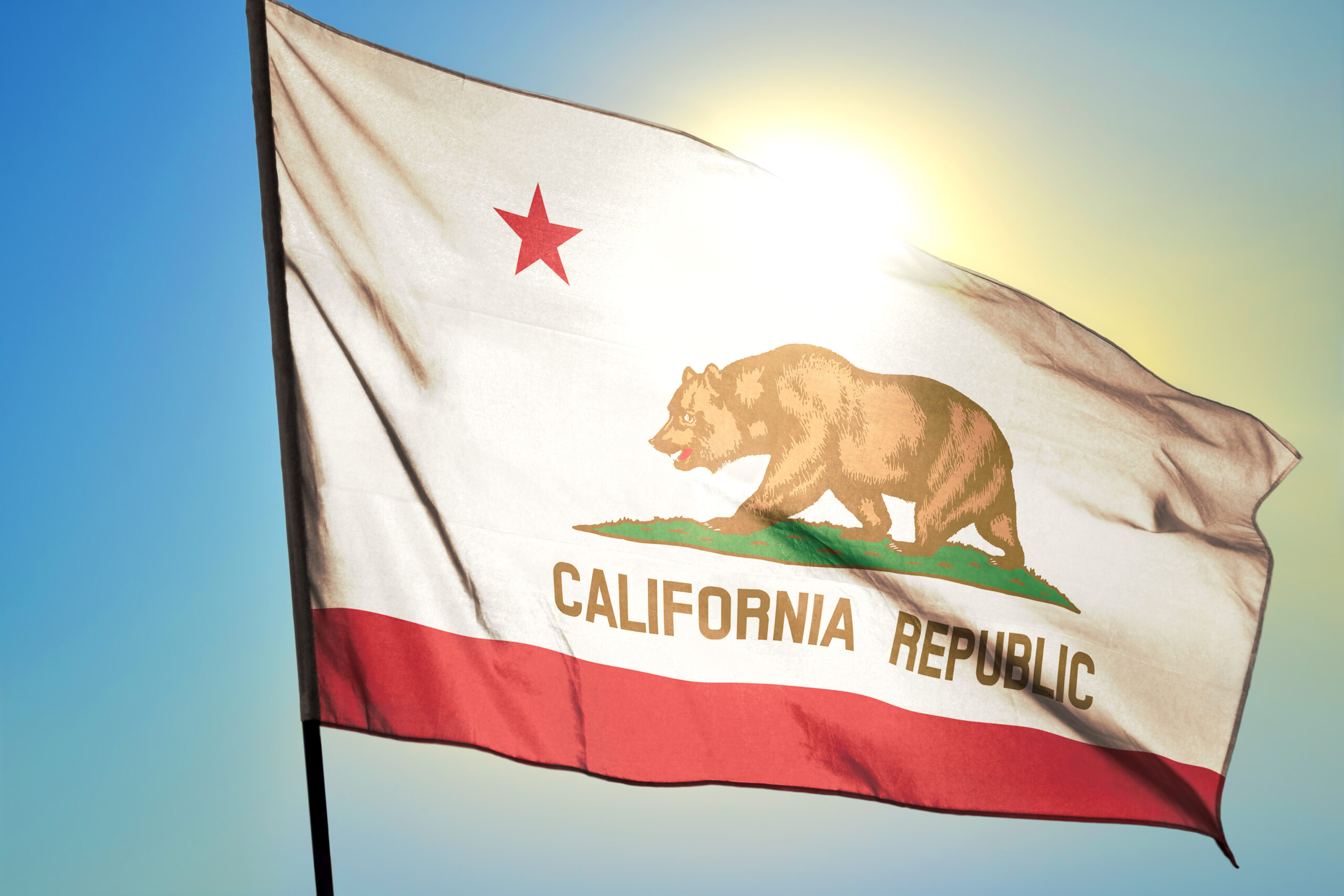Connect with us
Published
9 months agoon

California’s cannabis industry has faced a somewhat troublesome period in recent history, among falling cannabis wholesale prices and namely a number of complicated tax issues that have left industry professionals struggling and going out of business struggling to keep up.
Now, an increasing number of county and local elected officials across the Golden State have addressed the issue at hand and are working to cut taxes on retail sales, business operations or both, according to a MJBizDaily report.
At least 14 California cities and counties — including large consumer markets like Los Angeles and San Francisco alongside less-populated, production-focused areas such as Calaveras and Humboldt Counties — have moved to reduce or eliminate local sales, business or cultivation taxes over the past year, according to research compiled by Hirsh Jain of Ananda Strategy, an LA-based consultancy.
Following months of pressure from industry professionals, elected officials are finally recognizing that the state’s market is too expensive for many California consumers, especially given that there is still a thriving illicit market that regulators and lawmakers have been unable to eliminate (and that generally has much lower prices, with no imposed taxes).
In California, cannabis sales are subject to a 15% state excise tax along with state sales taxes, ranging from 7.25% to 10.75% in some regions.
As cannabis markets come online, the focus is often on tax revenue as a new source of revenue for states, often to backfill budgets and avoid larger, more challenging conversations around state spending. It also reflects the assertion that legal cannabis businesses generally expect more assistance from local lawmakers than at the state level.
A collection of cities cut taxes in the past year, including: Berkeley, where lawmakers voted to extend an across-the-board local tax exemption until 2025; Cathedral City, which slashed retail taxes from 10% to 5% and offered additional cuts for cultivation and other business taxes; Long Beach, which cut taxes for social equity businesses and is also offering additional benefits for small companies meeting “good employer” requirements; Palm Desert, which cut gross receipts retailer tax from 10% to 5%; San Francisco, which has delayed the imposition of a local tax rate entirely; and Santa Ana, which cut taxes across the board.
Calavera, Humboldt, Mendocino, Monterey, San Luis Obispo and Sonoma Counties all also recently cut cannabis taxes.
San Luis Obispo County Supervisor Dawn Ortiz-Legg spoke to MJBizDaily about the reasoning behind the gross-receipts tax cut on cannabis businesses, slashing it to 6% and personally pushing for as little as 4%.
“All industries when they first start out are on rocky roads at first,” she said. “I think it’s our responsibility to help people who are following the rules and paying bills. Instead of being penalized, they should be supported and helped. In my opinion, we really need to be helping them a lot more than we have. The harder we make it for legal participants, the easier we make for the (illicit) market.”
Though economists are also arguing that high taxes are just one troublesome element hindering the border California cannabis industry. For one, there is a strong local control of state law, allowing for cities and counties to strictly zone or ban cannabis retail entirely and effectively creating an avenue for illicit sales to thrive, namely in regions that don’t allow legal cannabis sales.
Other states, like Washington, also have high tax rates when all is said and done, though they don’t face the same issues as cannabis businesses in California.
“People tend to emphasize taxes because it’s an easy thing. ‘Oh, reduce taxes from 15% to 10%,’” said Robin Goldstein, UC Davis Cannabis Economics Group’s director. “But when you put all the taxes together, that’s one small piece of what’s making it hard for legal weed to compete with illegal weed.”
Goldstein argued that policymakers should follow models from other stable and profitable industries when regulating cannabis. If leaders want to reap the greatest benefits in terms of jobs, he suggests regulating cannabis like they would a normal agricultural product.
“The idea that you have to set up a special system for cannabis, with special stores that can sell nothing else, on top of all this other stuff you’re piling on top of it, is really not learning from the lessons of what’s succeeded in other industries.”


Despite City Efforts, Hemp Shops Posing as Dispensaries Prevail in Las Vegas


Cannabis Community, Investors React to DEA Decision To Reschedule


Georgia Governor Signs Bill Establishing Licensing Requirements To Grow Hemp


Study: Psilocybin Enhances Meditation


Ohio GOP Lawmakers Debate Adult-Use MJ Priorities, Eye June for Regulation Approval


Taylor Swift Puts Narcotics Into All of Her Songs on ‘The Tortured Poets Department’
